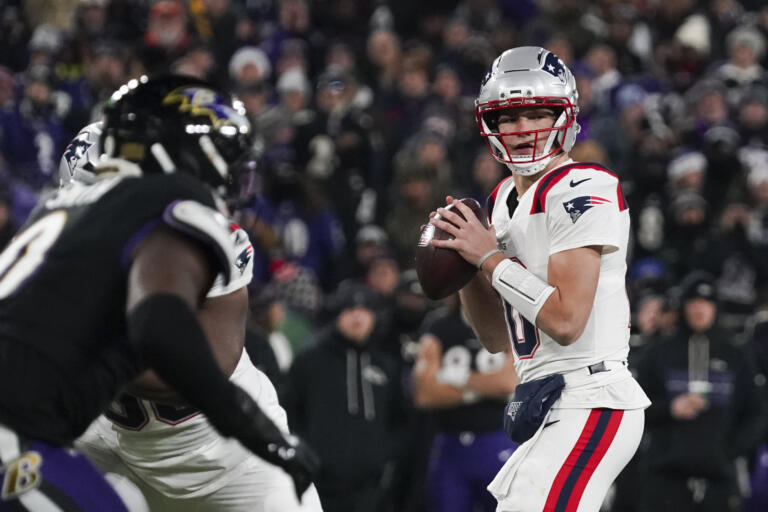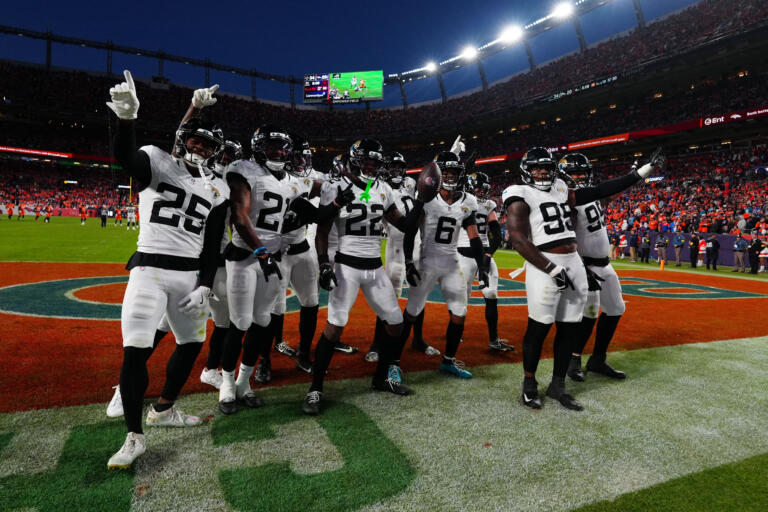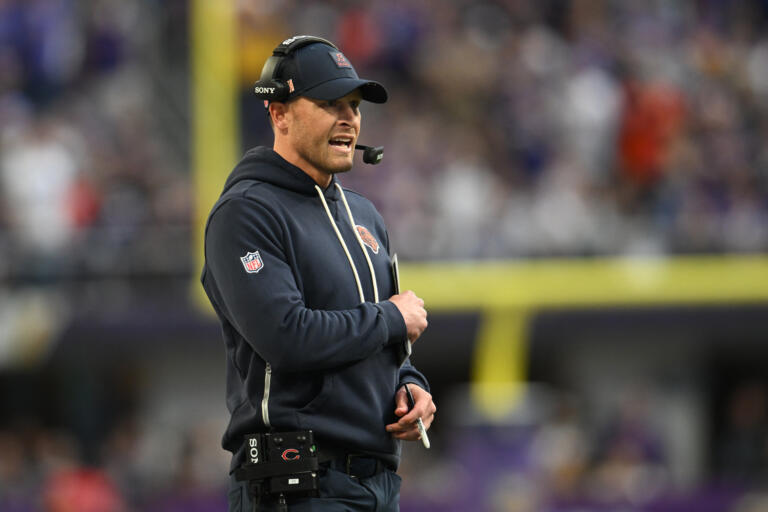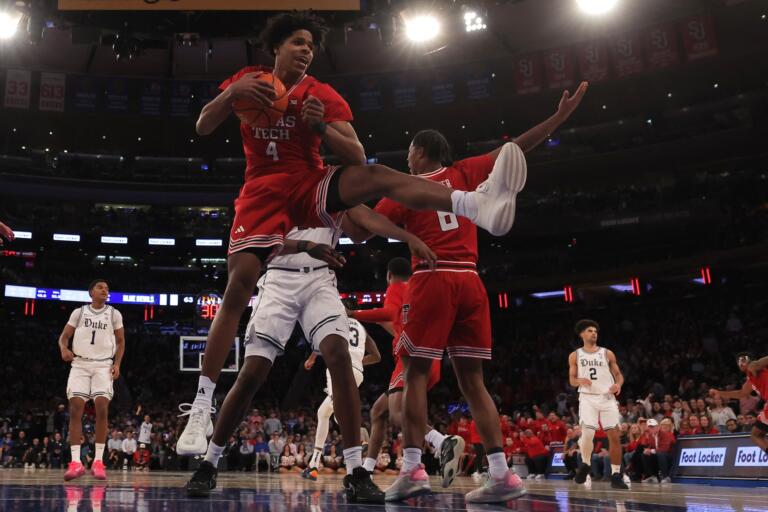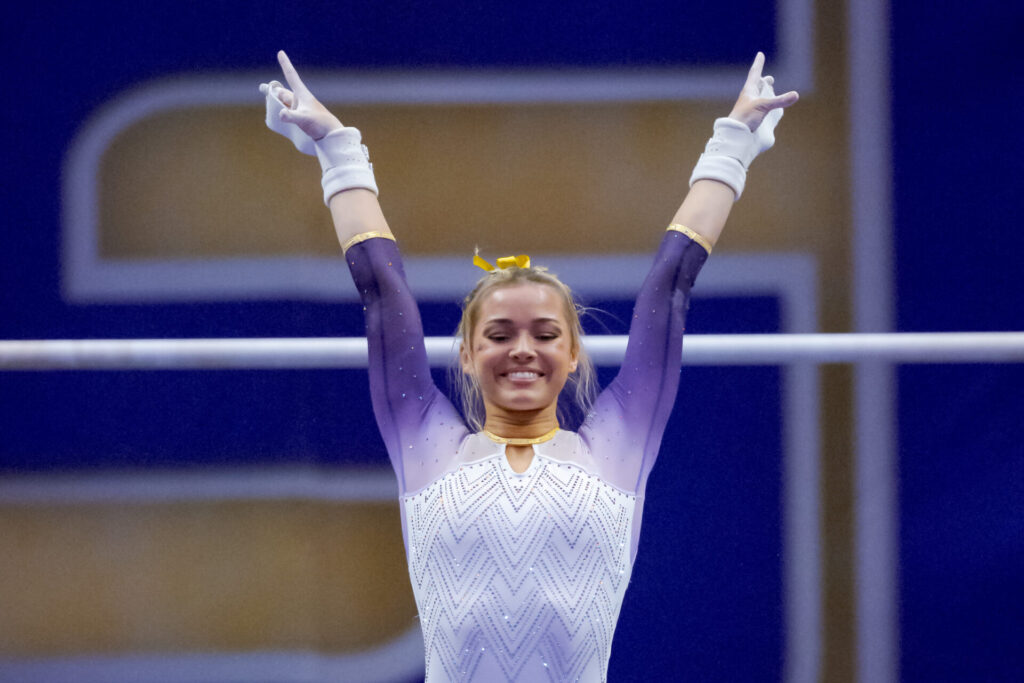
In recent years, the landscape of college athletics has undergone a major shift with the introduction of NIL (Name, Image, and Likeness) rights, which allow college athletes to profit from their personal brand. While NIL has sparked debates over its impact on college sports, one trend that has emerged is an increasing number of athletes choosing to stay in school for a fifth year. This development can be largely attributed to NIL’s new opportunities, along with other factors influencing athletes’ decisions about when to transition to a professional career.
Financial Incentives Drive Extended Careers
Before NIL, college athletes were prohibited from profiting off their personal brand, leaving them with limited financial opportunities outside of their scholarships. However, with the ability to secure NIL deals, athletes now have the potential to earn substantial income through sponsorships, social media promotions, and merchandise sales. For athletes who have built a strong social media following or have a significant marketable brand, staying an extra year in college can be financially rewarding.
For example, a college football player with a large social media following or strong local market appeal could continue to secure deals with brands, local businesses, or even national companies throughout their fifth year. This financial incentive is particularly appealing for athletes who may not yet be ready for the professional ranks but still wish to capitalize on their college fame. With NIL deals supplementing their education and living expenses, athletes are more inclined to delay their professional careers in favor of another year of college athletics.
Increased Exposure and Marketability
Beyond the direct financial gain, staying another year in college provides athletes with additional opportunities to increase their exposure. This is particularly important in sports like football and basketball, where national attention can have a significant impact on an athlete’s future. Athletes may use their additional year to refine their skills, enhance their physical and mental readiness, and further raise their profile. This extra season can also help boost their draft stock or increase their visibility to professional scouts.
By staying an extra year, athletes gain more opportunities to build relationships with sponsors, grow their following, and continue to create content that draws attention to their personal brands. As NIL continues to be a driving force in the marketing of athletes, the chance to extend this income stream for another year is an attractive proposition for many.
Graduate Programs and Personal Development
Another key factor driving the trend of fifth-year athletes is the flexibility offered by graduate programs. With an extra year of eligibility granted in many cases due to the COVID-19 pandemic, many athletes are taking advantage of the opportunity to complete additional academic work. Graduate programs often offer more specialized fields of study and allow athletes to balance their athletic commitments with advanced academic goals. This dual path of pursuing a degree while still competing athletically is appealing for those who plan for life after sports.
The Role of the Transfer Portal
The rise of the NCAA transfer portal has also contributed to this trend. Athletes are no longer bound to a single school, which allows them to make strategic decisions regarding where and when to spend an extra year. With the transfer portal providing new opportunities to find a better fit academically or athletically, a fifth year becomes a way for athletes to optimize their college careers.
Conclusion
NIL rights have undoubtedly played a pivotal role in the rise of fifth-year athletes in college sports. While NIL income offers a compelling financial incentive, it is also intertwined with broader trends, including the extra eligibility granted to athletes during the pandemic, the increasing popularity of the transfer portal, and the desire for further academic development. As college athletics continue to evolve, the decision to stay an additional year will likely remain an important consideration for many athletes looking to maximize both their athletic and personal brand potential.



